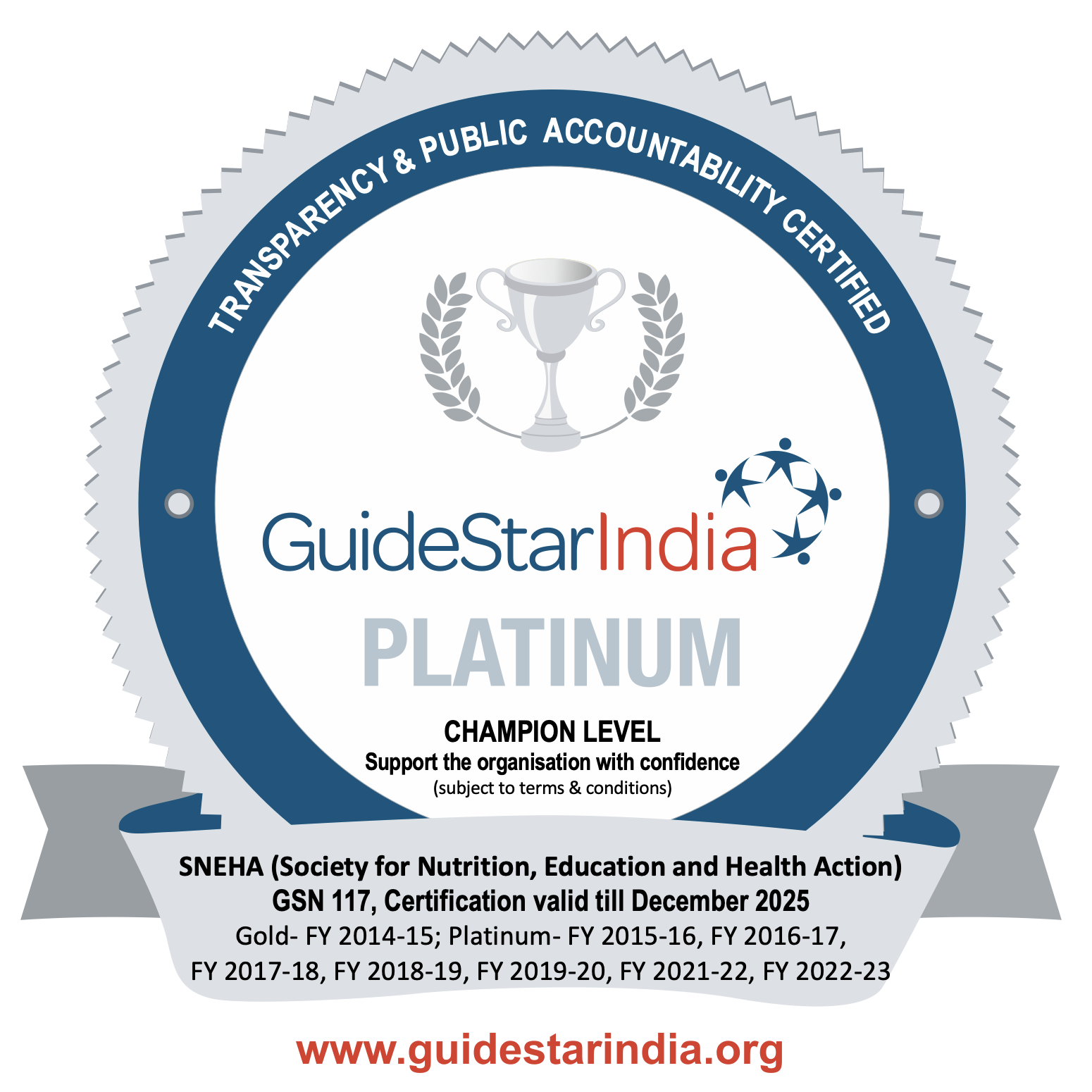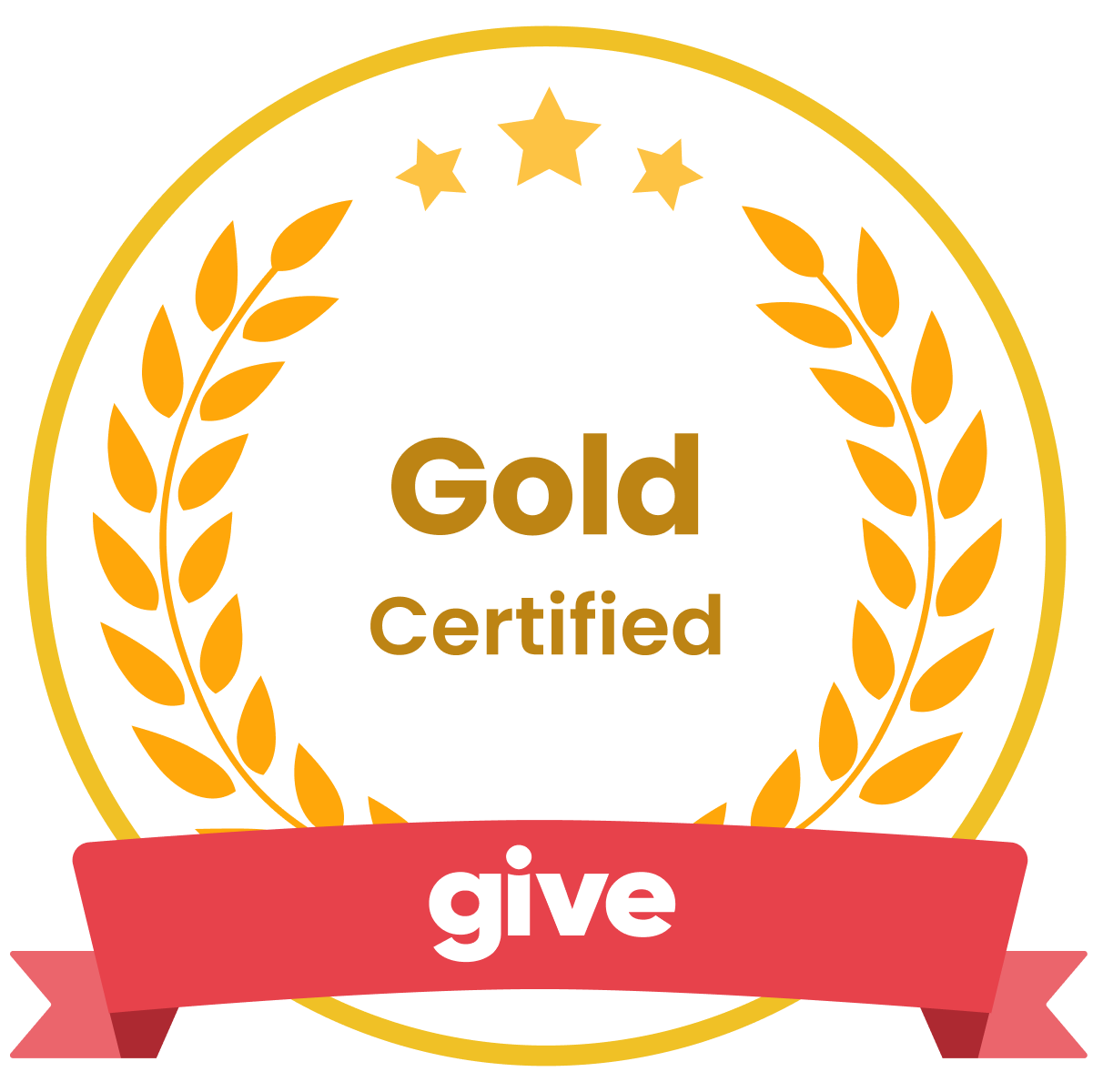Summer volunteering stint at SNEHA: A first person account
Sep 23 2024 / Posted in Adolescence
Donald Lobo is a technologist and philanthropist based in California, US. Every summer, along with his wife, Mari, a teacher, and daughters, Maya and Priyanjali, school students in the US, Donald volunteers with an NGO in India, for a few weeks. This year, the Lobo family along with a few friends volunteered with our Adolescent Health & Empowerment Programme. Over the next few weeks, we will capture their volunteering experiences through their own words.
Summer stint at SNEHA
By Donald Lobo
What did we do?
This year we structured the trip a bit differently and were not sure what to expect. Since we had done education for the past three summers, we decided to venture and learn more about public health and what it means specifically to communities within Mumbai. Fortunately for us, SNEHA was willing to participate in our volunteering experiment. For the fourth year, we managed to recruit another family with two kids to accompany us on this trip. Having another group of adults and kids to hang out with us and share our experience makes it fun for both us and the kids. This year we were joined by Bhuva, Sarin, Rohan and Risha.
Finally we continued and strengthened our relationship with the girls at Sharanam Center (a permanent residence for destitute girls) by hanging out, chatting and playing with them on a daily basis. We spent a weekend at a water park in Lonavala with them and also did a few day outings in Mumbai.
To make things even more interesting, we introduced another organization into the mix and got a group from Delhi, ShoeBox Labs which helps kids learn and explore a world of endless possibilities by dissecting toys, creating drones and launching chain reaction. ShoeBox labs spent 5 days each with the Sharanam kids and the SNEHA kids at Dharavi and Kandivali.
Last week, we went and spent two days at a small school in Dahanu: Tamarind Tree. It caters to 120 kids, most of whom belong to the local tribal community. The school uses a fair number of computers and is building independent learning values within their kids to give them the skills to pursue what their interests and desires are.
Highlights
This was one of our harder trips. Unlike our previous trips, where we had a skill to offer (our ability to read and do math), on this trip we were exposed to how people live and get by on a day-to-day basis. As such, this trip was more of an education and exposure trip for the whole group. We sat through quite a few powerpoints, but those were important to set the context of where we were and why such involvement was needed. Walking through the neighbourhoods of Dharavi and Kandivali gave us a better appreciation of the need for face to face contact and the role of a community organizer and their blue coat.
Having conversations with both adults and children was one of the highlights of the trip for me. I learnt a lot more about how a large part of Mumbai lives and under what conditions. I also appreciated their openness and ability to talk about their daily lives in an optimistic way. It also brought home the point as to why organizations like SNEHA are so important to such communities. In addition to imparting a lot of practical information to these families, specifically items like the need for better nutrition within your family budget, the importance of immunization, the information on sex and gender, SNEHA shows people how to use and access government services. At the same time it also builds the capacity of the government, via the ICDS worker and the anganwadi teacher so that they can grow and continue the work even as SNEHA moves on to other communities.
It was cool to see how Rama, the program director of SNEHA’s Adolescent Program, worked with the youth to get them involved and engaged with solving and fixing their local issues by just getting them to the attention of the local authorities and following up with them. While filing a report to get a broken street light fixed in the US (San Francisco or Palo Alto specifically) requires a simple web search followed by filling up a form, the same is not true in Mumbai. A web search for the same issue there does not give you enough information. So you need to go to your local government office and need to know the right department and person to file the complaint with and potentially follow up with them multiple times. The group at Kandivali did file a complaint about broken street lights and did get that fixed in a week, which was cool to watch as an outside observer.
It was a good experience for both the adults and kids in the group to see some of the poorer sections of Dharavi. From an economic perspective, Dharavi is quite the powerhouse and produces more than a billion dollars worth of goods. So it is relatively a good area. Later on we went and visited an area which is a lot worse off economically than Dharavi. We did see a lot more kids on the streets (unpaved roads) on a school day. This was the first time the kids confronted poverty over such an extended period of time at a fairly deep level. It was interesting to hear what they thought and connected with. I was pleasantly surprised that they never complained about the experience and chose to focus on the positive parts rather than the grim conditions of the streets that we walked on.
Another interesting aspect was to see how the kids interacted with the shoebox team between Dharavi and Sharanam. Both groups found it a bit hard to believe that someone was not going to sit and fix their stuff for them to get it to work. They had to persevere and keep playing around with it to make progress. The structure and facilitation was extremely good and the kids did enjoy the flexibility of what they could do and the ability to decide for themselves. In the end giving them a block of time to do their project without it being judged or corrected by someone else, was fascinating to observe. Such structured (but yet unstructured) and unjudged time to do things is rarely present in the Indian education system. Hopefully many of them walked away from the program realizing that they could do anything and being persistent is important.
Spending any amount of time with the Sharanam kids will always be a highlight of all our trips. We’ve gotten to a stage where we know all of them fairly well and can have more detailed and meaningful conversations with them. I’m always impressed and blown away with the amount of work, love and care that Karen and Sharda give each of these kids. It's really cool to see them grow and thrive as they get older. We are also meeting and getting to know the alums since they are frequent visitors to the home also. At this point, Sharanam is just like an extension of our family. The kids were a bit disappointed that they did not have too many dance lessons on this visit.
Perspectives and Stories
I loved to watch, participate and translate between our youth and the youth from the area. Ultimately at some level, they have a lot in common (like their addiction to digital devices). I think the kids got smacked in the face repeatedly about the gender divide and how much harder it is for the girl child in India. They had some frank conversations about sex and puberty, their faith and favorite foods. It’s always good to see how optimistic kids are, which in turn I hope also means how resilient many of them are. Youth in our group definitely had to step out of their comfort zone and perform for the other side. So they were good troopers and did sing and dance to reciprocate.
I did worry about the fact that our kids might be bored with all the adult talk and powerpoint presentations. I was concerned that they did not see the relevance of the work SNEHA did in those communities. When we were returning from a long road trip, I posed the following question to the kids (at this point in time, it was only our family):
If you had $1,000 to divide between the 5 organizations that you’ve interacted with in a fairly deep manner over the past 3 years, how would you divide the money and why?
I skipped Sharanam center because it is family :) and hence all of us are biased with regard to those kids. To my surprise we had a long and detailed debate over this, each of us explaining our reasons and why they made their choices. In the end, both our kids chose SNEHA to be the largest recipient of their funds. To me, this showed that they did absorb and pick up a lot of things in the two weeks we spent with SNEHA.
Acknowledgements
First of all, a big thank you to the entire SNEHA team. You do such an amazing job and went above and beyond to make our experience as close and personal as possible
Thank you to everyone at Sharanam Center, we always look forward to hanging out with you. We love you and think of all of you constantly.
Thank you to Akanksha, Namrata and Sunaina from ShoeBox labs and willing to be a part of our big summer adventure. You’ll do great work and please keep doing it.
Thank you to all of you for reading this and supporting us so strongly over the past 4 years. This year, we raised more than $125,000 for SNEHA programs. Your belief and faith in us motivates us. We do hope you can join us on a future trip.
And finally, to Maya, PJ, Roshan and Risha. You rock and I could not be prouder of you. I know you'll turn out to be super awesome and super empathic adults with a great world view. Thank you for indulging us and being such great kids. We love you :)
Share:














